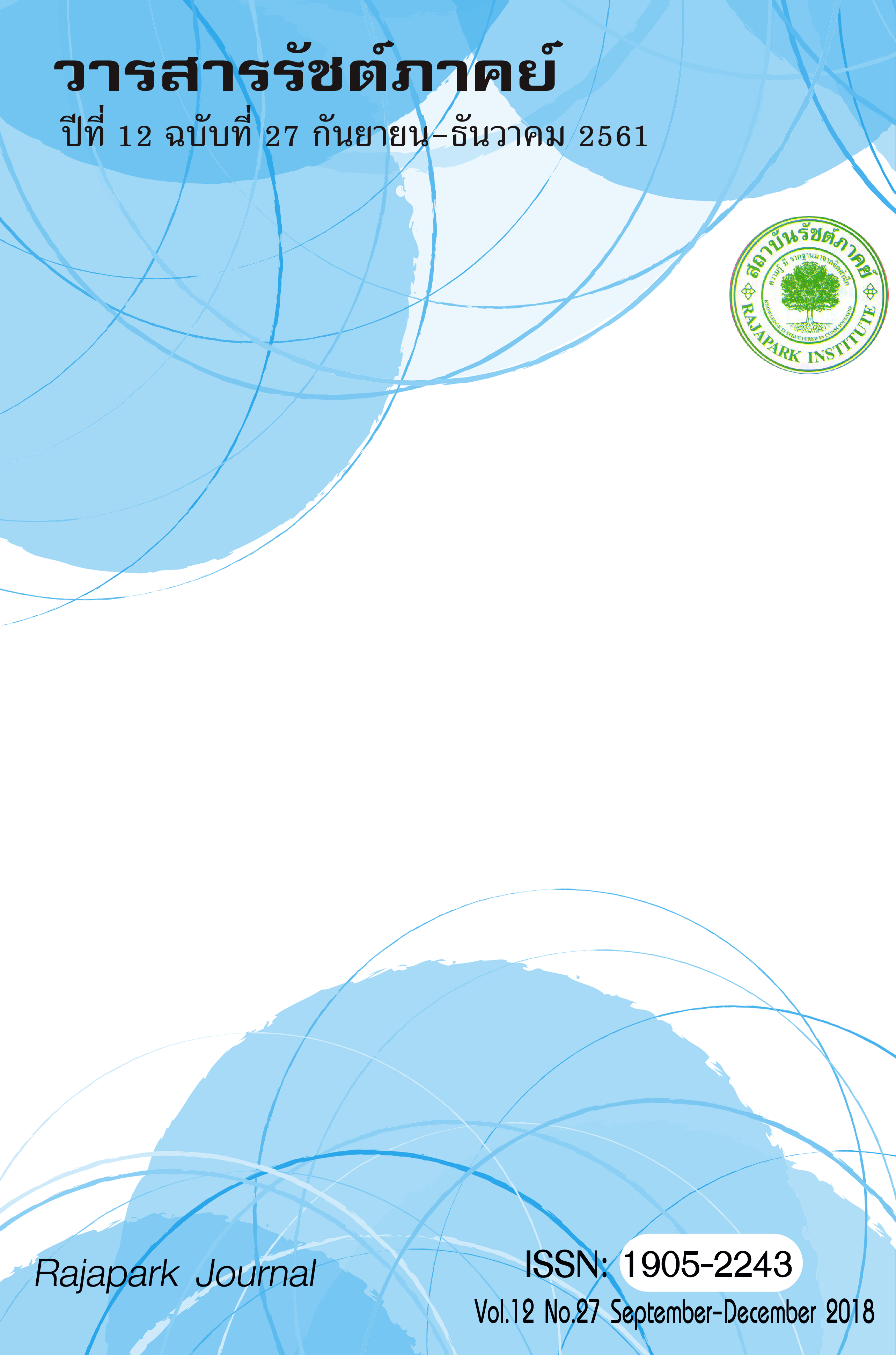AN ANALYTICAL COMPARISON OF THE POLITICAL LANGUAGE AND IMAGES ON TELEVISION OF PRIME MINISTERS ABHISIT VEJJAJIVA AND YINGLUCK SHINAWATRA BETWEEN 2009-2013
Main Article Content
Abstract
In this dissertation, the researcher compares and analyzes political language and images reflective of the construction of political culture in the Kingdom of Thailand (Thailand) on the basis of televised programs, commercials, and news presentations.
In this study, the researcher analyzed the creation of televised political language and images in terms of a tripartite framework: (1) Programs: 91 programs of the series “Confident of Thailand with Prime Minister Abhisit” and 92 programs of the series “Yingluck Government Meeting Citizens”; (2) Commercials: 20 spots for Abhisit and 10 spots for Yingluck; and (3) News reports: 626 Abhisit news reports and 324 Yingluck news reports. In addition, eight mass communication personnel, former politicians, and academics in mass Communication and political science were interviewed in order to collect further germane data.
Findings are as follows: Abhisit developed and employed nine types of political language. These types were persuasive language, administrative language, using the provision of “help” or “assistance” provided in playing political roles, frequently using realistically effective language, using measured language, language extolling the power of the citizenry, propaganda, identifying enemies, and ratiocination.
Yingluck developed and employed eight types of political language. They were persuasive language, legal language, administrative language, using the provision of “help” or “assistance” provided in playing political roles, frequently using realistically effective language, using measured language, and propaganda.
In creating images, Abhisit gave evidence of being a great rhetorician. He projected a personality that could be well perceived, accepted, and supported by all classes of people. In contrast, Yingluck projected a polite image of a personality with an ordinary background. She projected a personality that could be perceived and accepted as one who did not seek revenge and who acted for the common interest.
Article Details
Views and opinions appearing in the Journal it is the responsibility of the author of the article, and does not constitute the view and responsibility of the editorial team.


